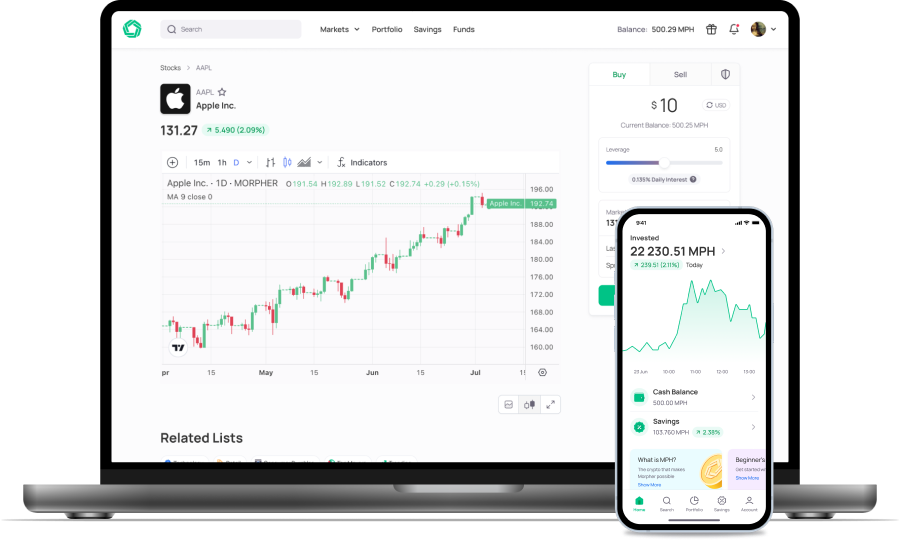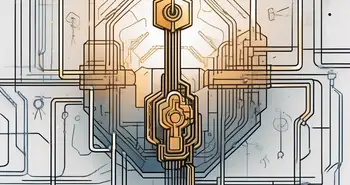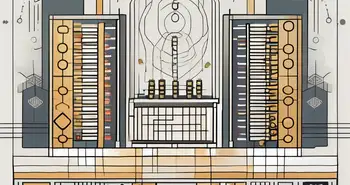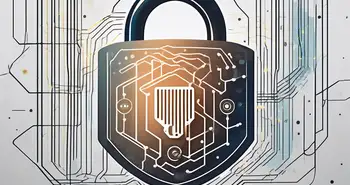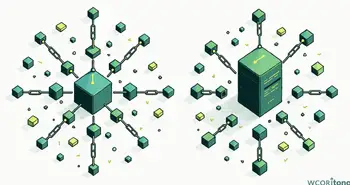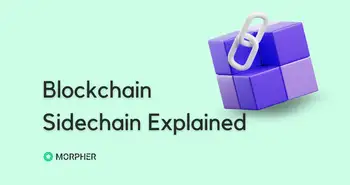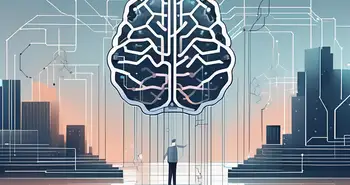What Does “Trustless” Mean in Blockchain? Simple Explanation
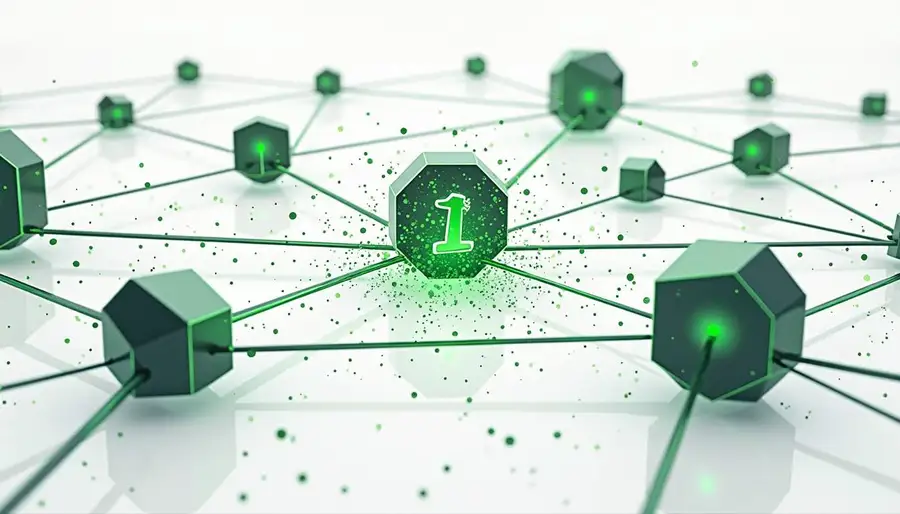
In blockchain, the term ‘trustless' might sound like something untrustworthy, but it actually means fairly the opposite. In simpler terms, a trustless system allows participants to engage in transactions without needing to trust one another. This groundbreaking concept is one of the fundamental reasons blockchain technology has gained prominence.
At its core, trustless systems eliminate the need for a central authority or intermediary, allowing people to interact directly with one another. This fosters a level of confidence in the system itself rather than in individual participants. As you delve deeper into the world of blockchain, you'll see how this trustless nature is pivotal to its functionality.
What are Trustless Systems?
The term “trustless” might sound counterintuitive. After all, the word “trust” implies a level of confidence in someone or something. However, in the context of blockchain, being trustless means that trust is not a requirement for transactions to occur. Instead of relying on personal relationships or reputations, blockchain relies on algorithms, cryptography, and consensus mechanisms to validate transactions.
This means that every participant in the network can verify the data independently, ensuring that everyone is on the same page. Trustless doesn’t mean that there is no trust; rather, it means that trust is built into the technology itself. This is achieved through the use of decentralized ledgers, where each participant has access to the same information, thereby creating a transparent environment where data integrity is paramount.
Importance in Blockchain Technology
The importance of trustless systems in blockchain technology cannot be overstated. In traditional systems, intermediaries like banks or payment processors act as trusted parties, which can lead to delays and increased costs. Trustless systems eliminate these intermediaries, allowing for faster and cheaper transactions.
Moreover, this model greatly reduces the risk of fraud. Since every transaction is recorded immutably on the blockchain, it’s nearly impossible to alter or falsify the information without detection. This inherent security makes trustless systems extremely appealing to various industries. For instance, in supply chain management, companies can track the provenance of goods without relying on a central authority, ensuring authenticity and reducing the chances of counterfeit products entering the market.
Additionally, trustless systems pave the way for innovative applications beyond financial transactions. Smart contracts, which are self-executing contracts with the terms of the agreement directly written into code, exemplify how trustless environments can automate and streamline processes across various sectors. These contracts can facilitate everything from real estate transactions to complex agreements in the entertainment industry, all while minimizing the need for intermediaries and reducing potential disputes.
How Trustless Mechanisms Work
Understanding how trustless mechanisms function can be fascinating, as they employ various technological components to achieve their goals. Let’s take a closer look at two of the crucial mechanisms: consensus algorithms and smart contracts.
Consensus Algorithms
Consensus algorithms are the backbone of trustless systems. They ensure that all participants in the network agree on the validity of transactions. There are several types of consensus algorithms, such as Proof of Work, Proof of Stake, and Delegated Proof of Stake.
Each of these algorithms has its own method for achieving consensus, but they all serve the same purpose: to validate transactions without needing a central authority. For instance, in Proof of Work, miners compete to solve complex mathematical problems; the first one to solve the problem gets to add a block to the blockchain, ensuring that the data is legitimate and cannot be tampered with. This competitive nature of mining not only secures the network but also incentivizes participants to contribute computational power, creating a robust ecosystem. However, it is worth noting that Proof of Work has faced criticism for its high energy consumption, leading to the exploration of more sustainable alternatives like Proof of Stake, where validators are chosen based on the number of coins they hold and are willing to “stake” as collateral.
Smart Contracts
Smart contracts are another critical component of trustless systems. These are self-executing contracts with the terms of the agreement directly written into code. They automatically enforce and execute the agreements when predetermined conditions are met.
This embodiment of contract law into code significantly reduces the chances of fraud and increases efficiency. For example, a smart contract can automatically release funds when a product is delivered, eliminating the need for trust between the buyer and seller. Furthermore, smart contracts can facilitate complex transactions involving multiple parties without the need for intermediaries, which can significantly lower costs and speed up processes. Imagine a real estate transaction where a smart contract manages the entire process: from escrow to title transfer, all executed seamlessly once conditions are verified. This not only streamlines the transaction but also enhances transparency, as all parties can view the contract's terms and the transaction's progress on the blockchain, fostering a new level of trust in digital interactions.
Benefits of Trustless Transactions
The advantages of trustless transactions are manifold, affecting various aspects of dealings within blockchain technology. Some of the notable benefits include increased security and enhanced transparency.
Increased Security
One of the most prominent benefits of trustless transactions is the increased security they offer. With traditional financial systems, there are numerous vulnerabilities, including the potential for hacking or fraudulent activities. In a trustless environment, the reliance on decentralized networks and cryptographic methods protects against such risks.
Every transaction on a blockchain is validated and recorded, making it challenging for malicious actors to manipulate the data. For many users, this significantly boosts their confidence in financial transactions, turning what could be a risky endeavor into a safer experience.
Enhanced Transparency
Trustless systems also offer enhanced transparency. Since all transactions are recorded on a public ledger, anyone can view and verify them. This openness fosters trust not through individuals but through the technology itself.
For businesses, enhanced transparency can positively impact their reputation. Customers appreciate knowing that transactions are secure and verifiable, leading to stronger relationships and greater loyalty.
Trustless Oracles: Ensuring Reliable Off-Chain Data for Blockchain Apps
While blockchains excel at on-chain transactions, they often require external data, from market prices to real-world events, to operate effectively. Trustless oracles bridge this gap, delivering secure, verifiable data without relying on centralized intermediaries.
Multi-source, trustless oracles provides real-time, decentralized market data, ensuring that smart contracts execute accurately based on external conditions. For example, in DeFi lending, price fluctuations determine collateral health and liquidations, trustless oracle ensures that only accurate, tamper-proof price feeds inform these critical decisions.
By removing reliance on single data sources, Morpher Oracle enhances this reliability, transparency, and efficiency of blockchain applications, enabling trustless automation across DeFi, trading, and beyond.
What Can You Do with a Trustless Oracle?
As a trustless oracle, Morpher Oracle eliminates the need for middlemen, ensuring that blockchain applications receive secure, real-time, and tamper-proof data. This allows developers to build decentralized applications (dApps) that operate fully autonomously with verified external data.
Here’s what you can achieve with Morpher Oracle:
- Create Automated DeFi Protocols: Power lending platforms, AMMs, and synthetic assets with real-time price feeds.
- Develop Secure Prediction Markets: Enable smart contracts to verify sports results, election outcomes, or financial events.
- Build Fair and Transparent dApps: Automate claims processing using real-world event data, like weather reports.
- Run Efficient Trading Bots: Execute on-chain trades based on verified price feeds, reducing slippage and manipulation risks.
By using Morpher Oracle, developers can build powerful, trustless blockchain applications that function with real-world data, while ensuring security, transparency, and automation.
For detailed step-by-step instructions, check out our Morpher Oracle Documentation.
Prefer a video guide? Our CTO, Thomas, has prepared a full walkthrough on building an oracle-enabled dApp from scratch. Watch the tutorial here: Learn how to create a dApp.
![]()
Experience Trustless Trading with Morpher
Embrace the future of finance by exploring Morpher, the commission-free trading platform that revolutionizes how you trade virtual assets. With Morpher, you can start trading with fractional amounts across crypto, stocks, commodities, and forex markets, enabling you to diversify your portfolio effortlessly. Plus, with the innovative Morpher Oracle, you gain access to real-time, decentralized market data essential for DeFi applications and smart contracts. Do you want to test it out? Discover now and join the trustless revolution.
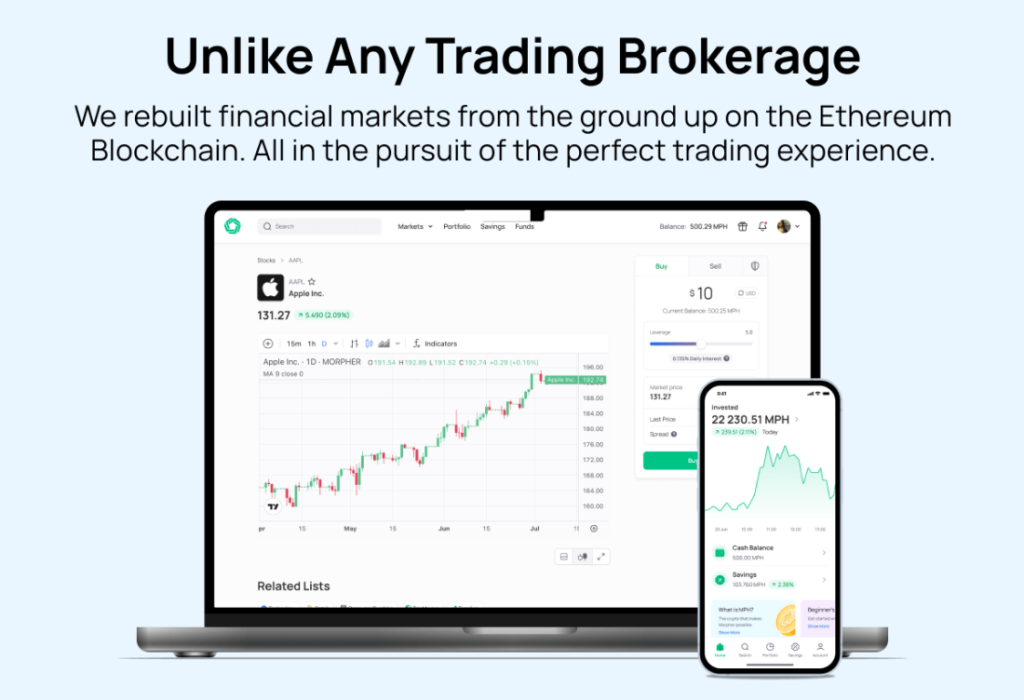
Disclaimer: All investments involve risk, and the past performance of a security, industry, sector, market, financial product, trading strategy, or individual’s trading does not guarantee future results or returns. Investors are fully responsible for any investment decisions they make. Such decisions should be based solely on an evaluation of their financial circumstances, investment objectives, risk tolerance, and liquidity needs. This post does not constitute investment advice.
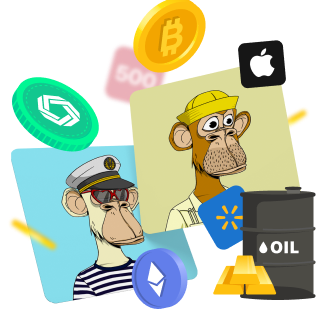
Painless trading for everyone
Hundreds of markets all in one place - Apple, Bitcoin, Gold, Watches, NFTs, Sneakers and so much more.

Painless trading for everyone
Hundreds of markets all in one place - Apple, Bitcoin, Gold, Watches, NFTs, Sneakers and so much more.
